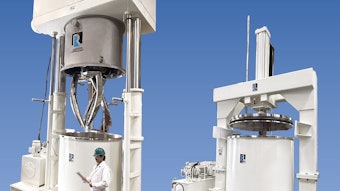Emerging markets have graduated from the periphery to become a deliberate and critical source of expected growth for personal care product companies. The 2008–2009 economic slowdown has reinforced this trend, with some emerging countries resuming growth more quickly and looking forward with brighter macroeconomics than their developed market counterparts.1 For example, China’s personal care market is forecasted by Euromonitor to grow from US $20 billion in 2009 to more than US $30 billion by 2014, while Latin America is expected to reach a meaningful US $83 billion by 2015.1, 2 Manufacturers with heavy market exposure such as Procter and Gamble are expected to increase their focus on emerging markets while others such as L’Oréal have set explicit goals for growth in emerging markets.3, 4
Despite their promise, emerging markets pose several challenges for personal care companies, among which is the level of disposable income consumers allocate for personal care products. Presently, emerging economies generally have one-third or less in per capita Gross National Income, on a purchasing power parity basis, than nations established in the Organization for Economic Cooperation and Development (OECD).5 For example, in China, the annual per capita spent on beauty and personal care is forecasted to reach only US $22 by 2014, while in Brazil, this is expected to reach US $175.6 Although in the long term, rising incomes will drive greater demand for personal care products, in the meantime, product costs are an important factor affecting market penetration. In consideration, products based on high-water systems pose a potential opportunity for meeting these interim challenges.










